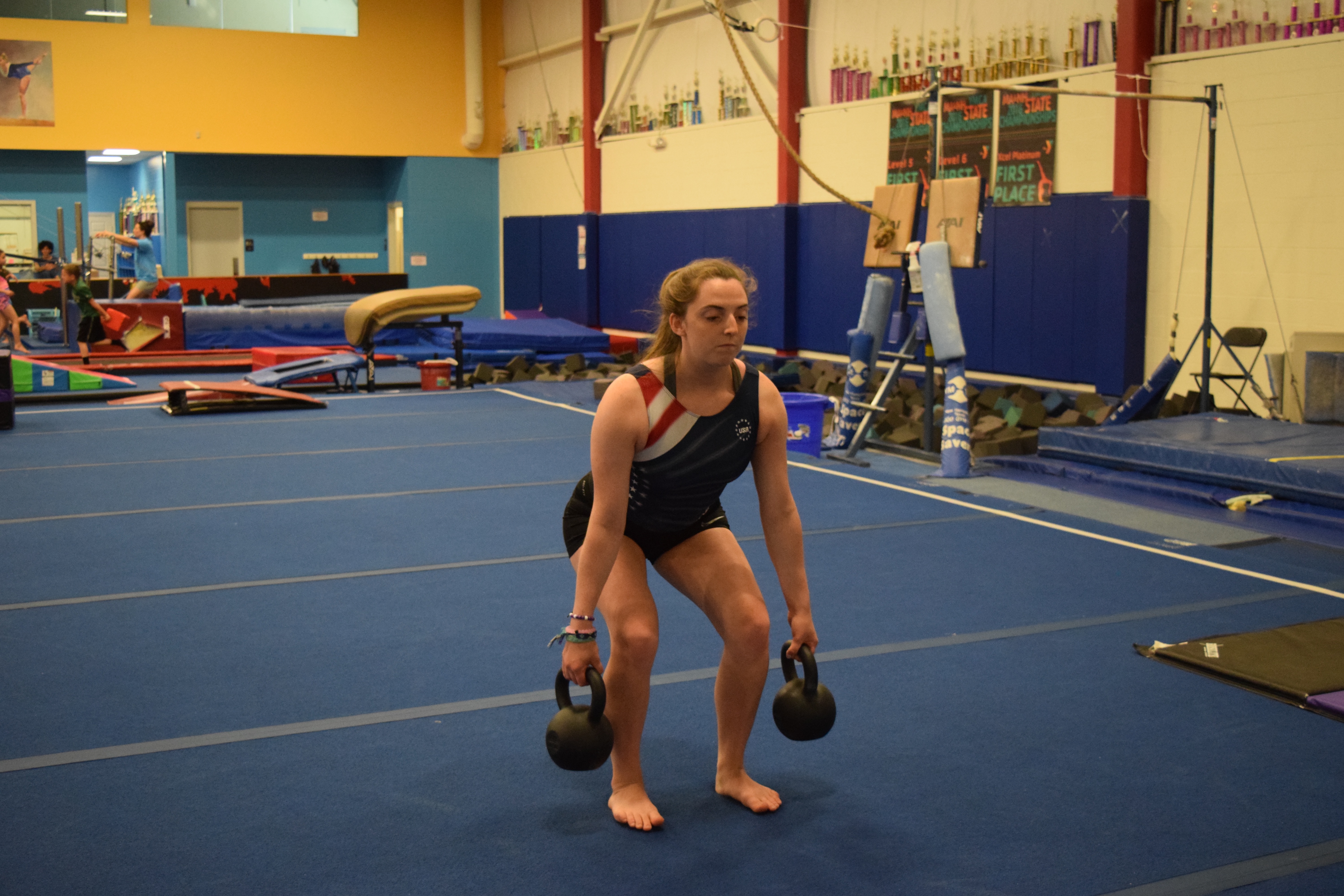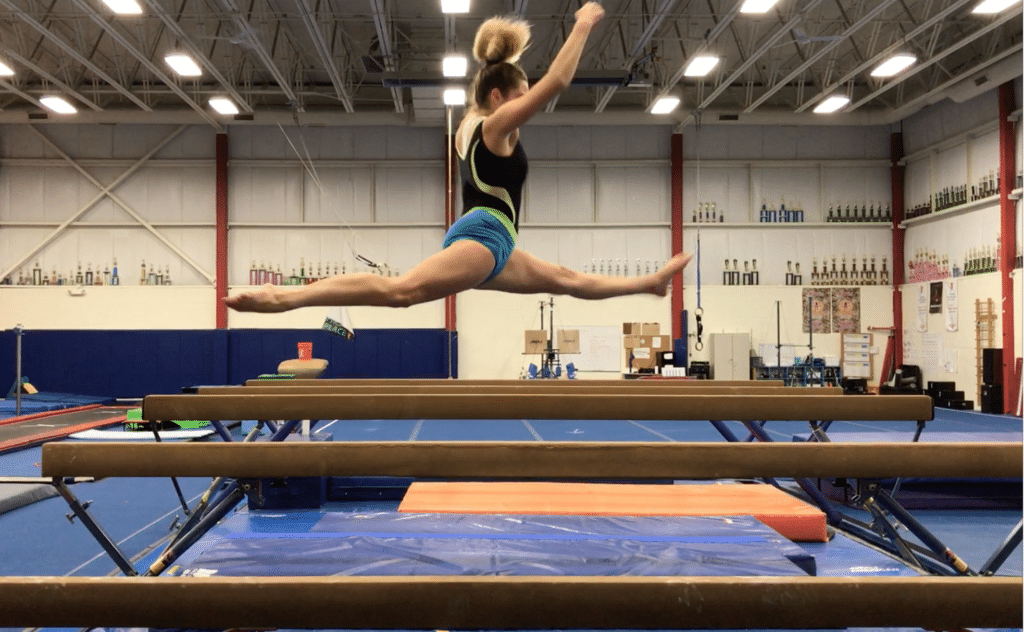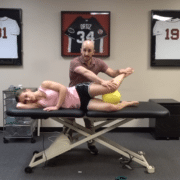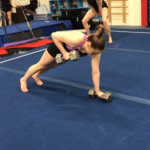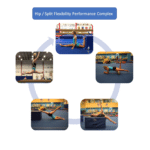The Best Strength Exercise Gymnasts Aren’t Using – The Deadlift
Table of Contents
With the amount of time and focus that the majority of coaches place on strength and conditioning within gymnastics, I don’t think there is any debate about the fact that gymnasts need to be strong. However, there are many different methods that are utilized in order to help gymnasts reach the desired level of strength. From my perspective, as both a gymnastics coach and a strength and conditioning coach, I believe that the traditional deadlift, and the many variations of it, are an extremely valuable component of any well-designed strength program for gymnasts.
Also, if you are looking to get literally all my thoughts and specific exercises I recommend for gymnastics strength, be sure to download my Gymnastics Strength and Conditioning Guide
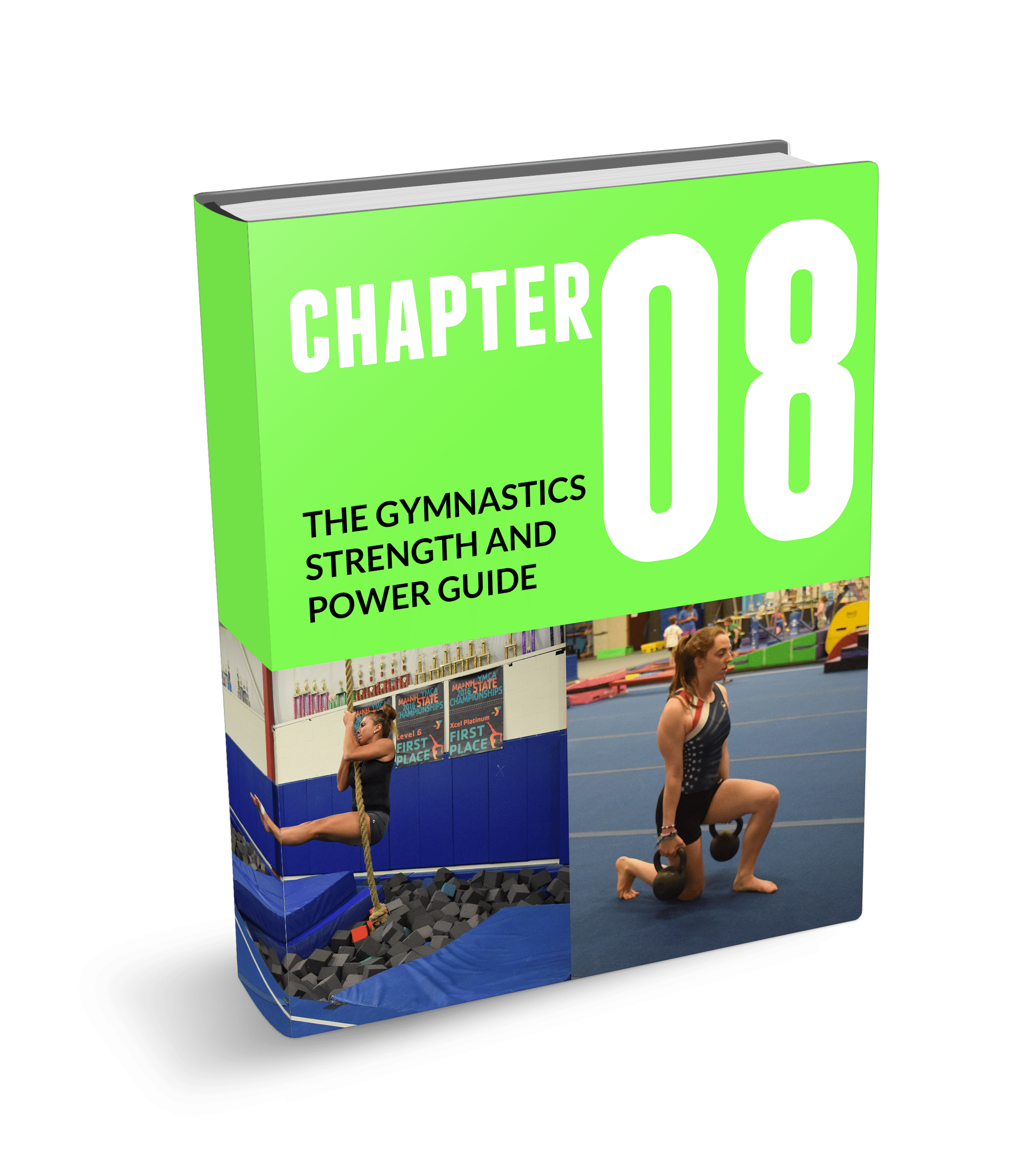
The Gymnastics Strength
and Power Guide
- Methods and exercises for increasing strength and power in gymnasts
- Explanations on why gymnasts should use both weight lifting and body weight strength
- Teaches concepts of planning, specific sets or reps, and planning for the competitive year
We take our privacy seriously and will never share your information. Click here to read our full privacy policy.
Gymnasts do a lot of training that builds hip and glute/hamstring control (also called the “posterior chain”) which is an integral component of their sport. Developing a strong posterior chain is also vital in gymnastics because it allows athletes to control and decelerate landing forces. This is where the deadlift comes in. In terms of ability to build raw strength in the posterior chain, the deadlift is unmatched. Building strength in the posterior chain is vital for acessing huge power throughout the lower body, which directly increases gymnastics skill performance.
The deadlift also teaches good landing mechanics that can help reduce injury potential, helps maintain balance around the hips so that gymnasts do not acquire overarched lower back positions, and it also increases the chance of sticking skills.

Very often a gymnast will develop great hip control (especially if they are implementing the concepts that Dave writes about) but they will also get to a point where the skills that they are performing demand that they be strong enough to absorb the high-forces of impact and landing associated with the skills.
Therefore, having gymnasts perform the traditional deadlift or a variation as part of their periodized strength training program has a multitude of potential benefits.
Now come the questions of the best method for implementation: How does a gymnastics coach practically teach their athletes how to deadlift? Perhaps the easiest way is to enlist the assistance of a Certified Strength Coach. Most strength coaches are well-versed in teaching the deadlift and can also help with the programming component, helping the gymnastics coach determine when in the season to have their athletes perform the deadlift and its variants.
However, that is not always feasible. Fortunately, gymnastics coaches are quick learners and can apply their coaching eye to strength movements once they understand the biomechanics and what to look for in the deadlift. Often the simplest version to begin with in a single or double kettlebell deadlift, due to the small amount of equipment needed and elevated handle position. Here is a quick video from our upcoming online course, but I will also provide more broken down steps with pictures below.
Here are the biggest keys to focus on when beginning to have gymnasts deadlift:
1. Cue each athlete on how to create a braced neutral back and midline position that is ideal for them. This will look different based on each athlete’s body dimensions but it should be a position they can maintain under tension and that looks similar to their standing position.
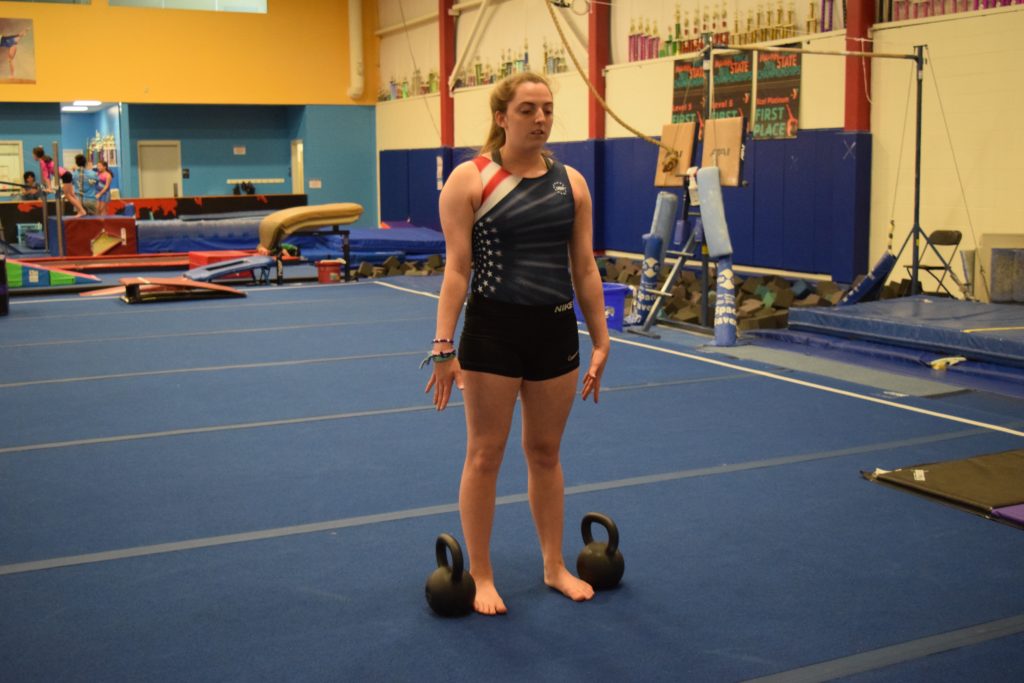
2. Teach them to hinge from the hips while maintaining their midline stability and braced position. They should be able to isolate fix flexion without moving anything else.

3. Teach them to engage their posterior chain by creating tension in their hamstrings, and cue them to push through the floor with the legs when performing a repetition

5. Teach the movement from the top down and make sure they understand and can maintain stability in each position of the movement.

Some common faults you want to look out for are
- Excessive rounding or hyper extending of the lower back (neutral brace is goal)
- Moving more from a knee bend than hip hinge (“squatting your deadlift”)
- Pulling from the lower back and not pushing through the floor
- Not setting up with the weight close to the body
- A lack of spinal and hip control on the descent phase after finishing reps.
Gymnasts who struggle with full range of motion hip hinging or who possess mobility issues may benefit from starting their deadlifting from a slightly elevated position. Another option can be to adjust their feet position/width in order to maintain proper neutral and braced lower back positions. Here are some more options surrounding the deadlift.
.
Single-Leg Kettlebell RDL
.
Snatch Grip Deadlift
– Rupert Egan MS, NASM-PES / Dave Tilley DPT, SCS, CSCS
References
https://shiftmovementscience.com/6-glute-training-exercises-gymnasts-need-to-do-regularly/
Bird, S., & Barrington-Higgs, B. (2010). Exploring the deadlift. Strength & Conditioning Journal, 32(2), 46-51 [Citation]
Bezerra, E. S., Simão, R., Fleck, S. J., Paz, G., Maia, M., Costa, P. B., & Serrão, J. C. (2013). Electromyographic Activity of Lower Body Muscles during the Deadlift and Still-Legged Deadlift. Journal of Exercise Physiology Online, 16(3)
Brown, E. W., & Abani, K. A. V. E. H. (1985). Kinematics and kinetics of the dead lift in adolescent power lifters. Medicine & Science in Sports & Exercise, 17(5), 554-566 [PubMed]

